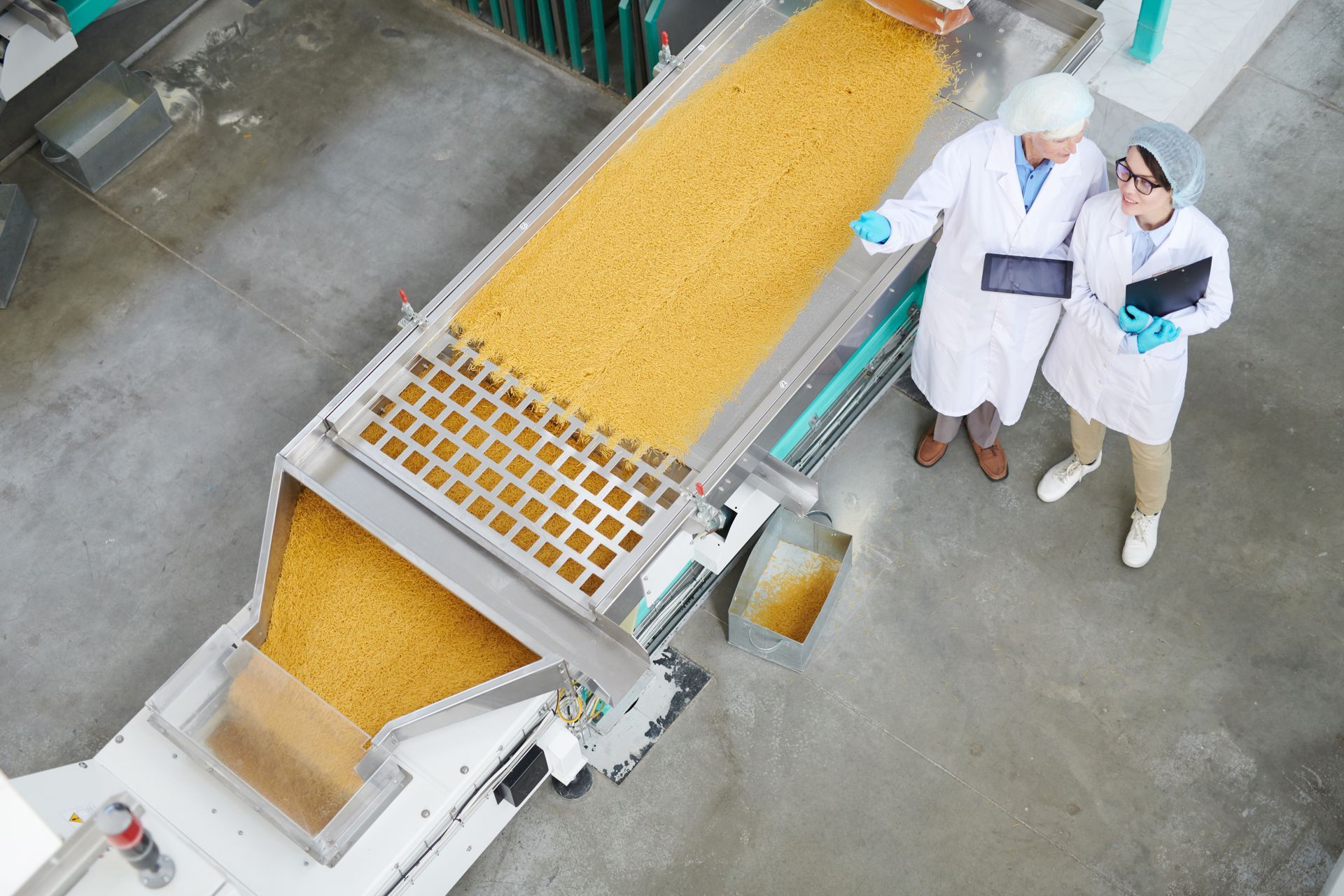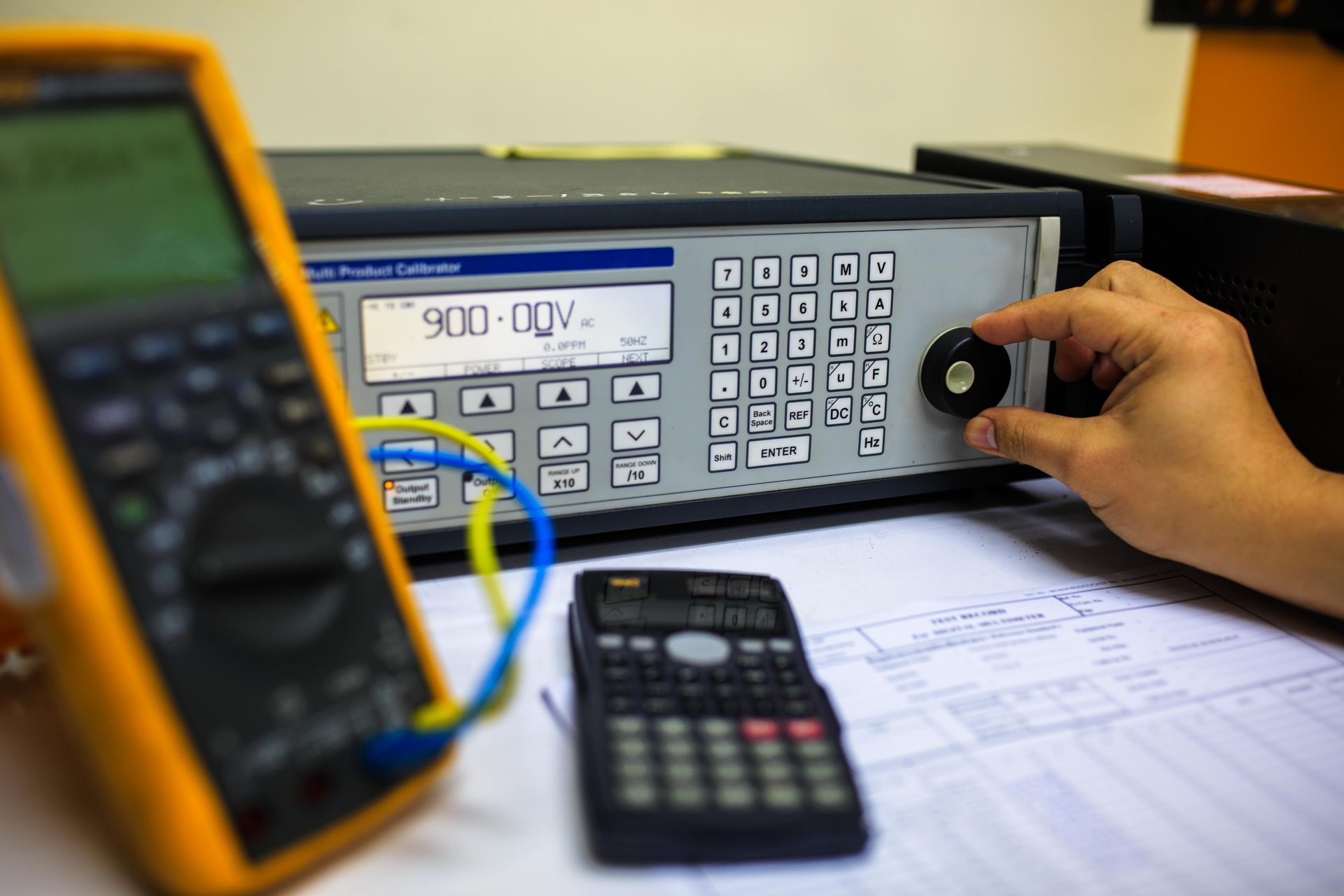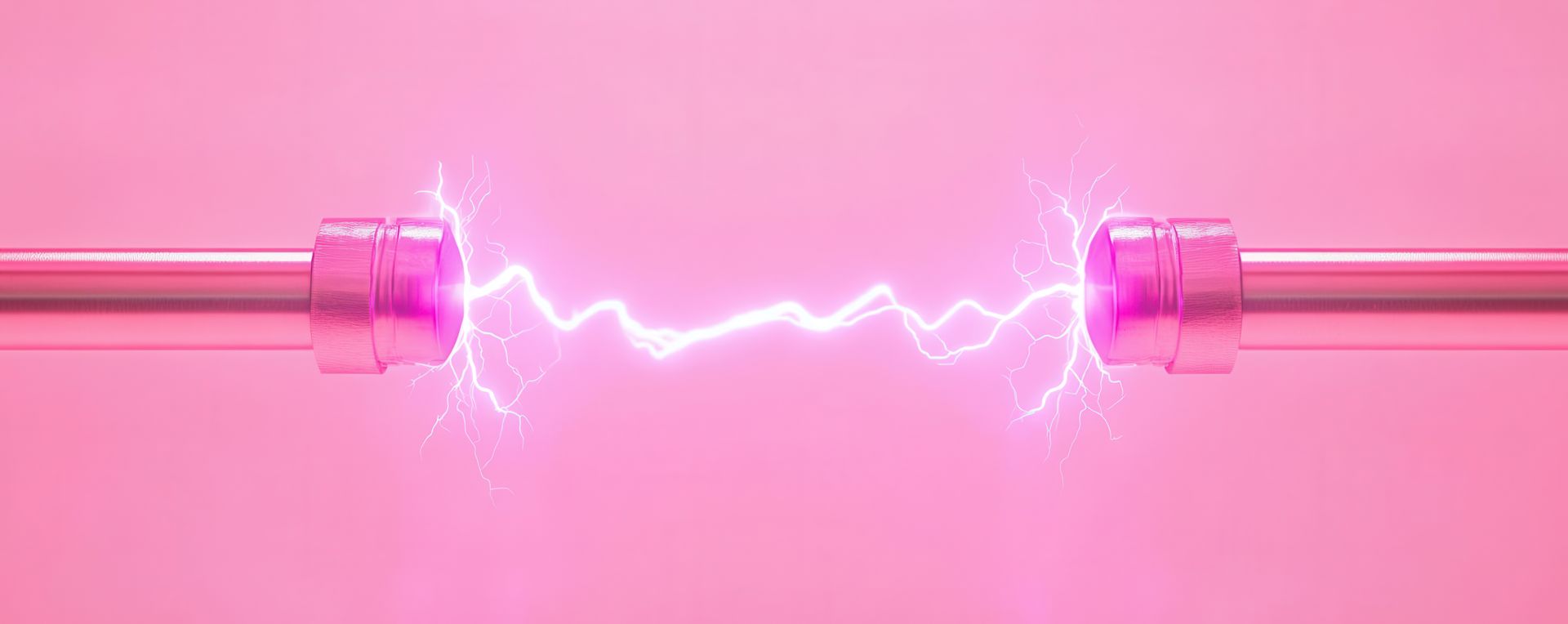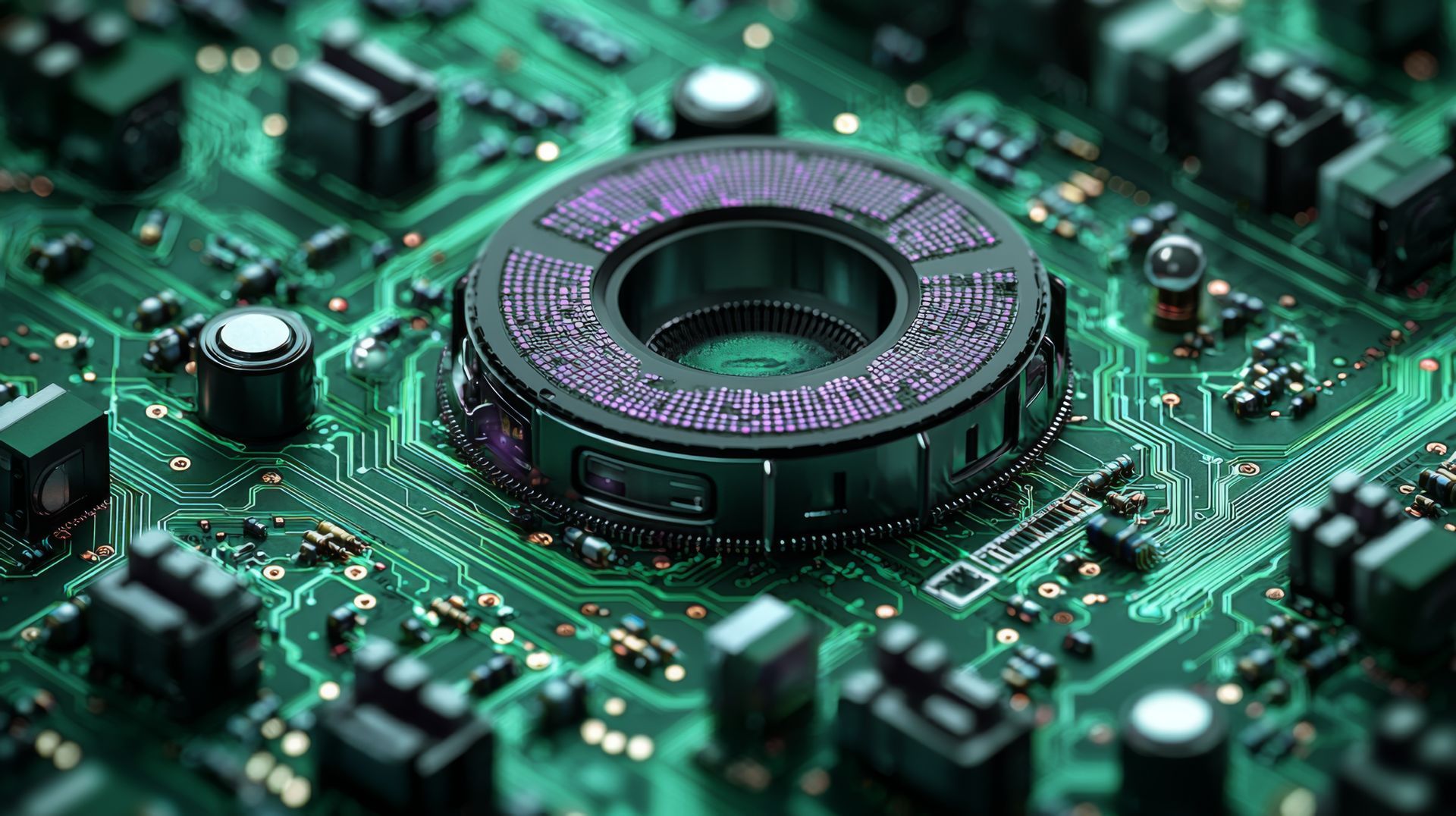Common Issues That Require Magnet Repair Services in Malaysia
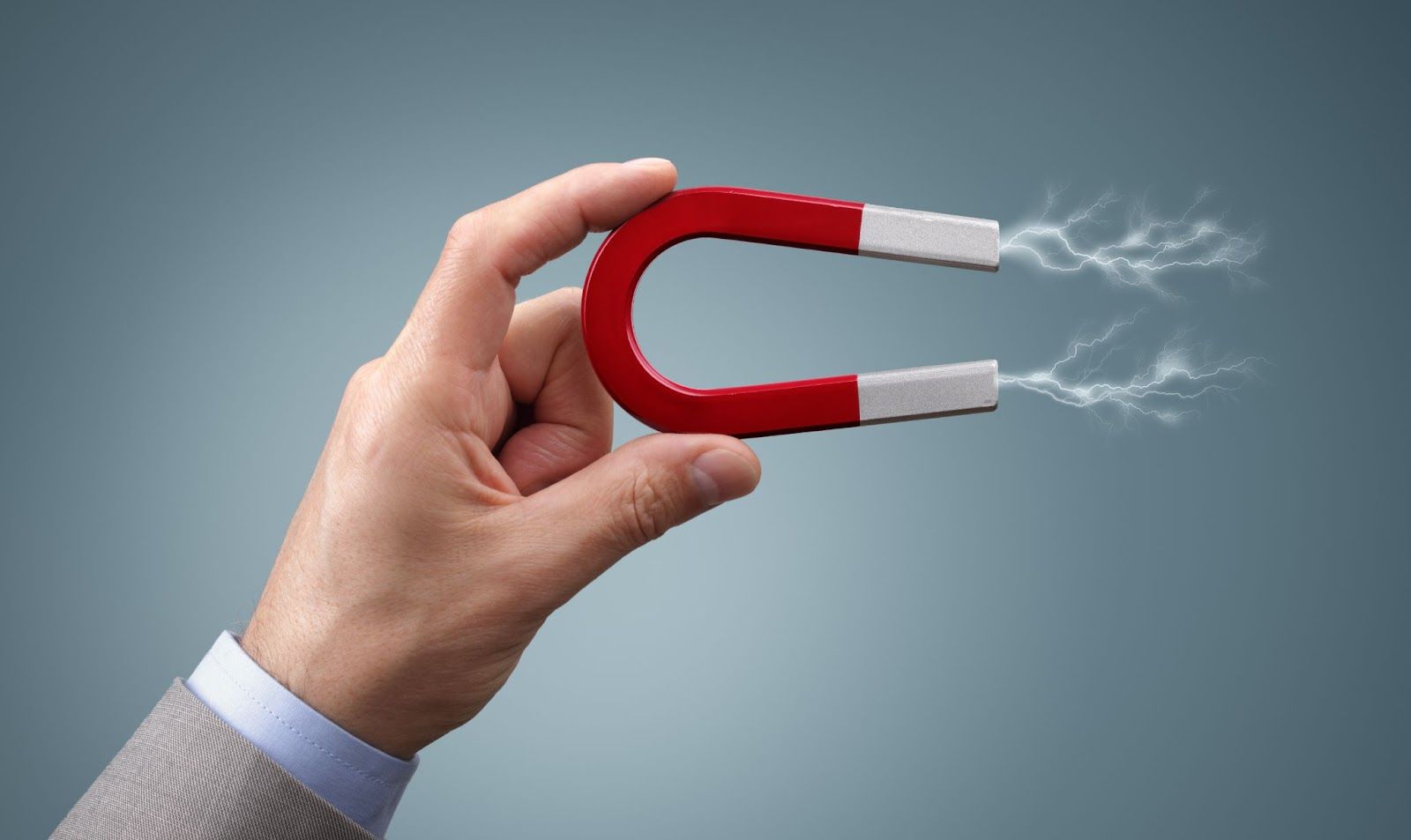
Magnets are essential components in various machines and systems, and their failure can cause significant disruptions and even safety hazards. From industrial manufacturing equipment to medical devices, magnets are critical to ensure efficient operations. However, like any mechanical part, magnets can experience wear and tear over time, leading to malfunctions and reduced performance.
Whether you are dealing with a small fridge magnet or a massive industrial magnet, it is essential to recognize when to seek professional magnet repair services. In this article, we will explore some of the most common issues with magnets and how to address them.
What Are The Common Issues with Magnets
As mentioned, magnets benefit a vast array of applications. Still, they will experience issues and require repairs or maintenance to ensure optimal performance down the line, just like any other mechanical component. Here are four common issues you should know about.
Demagnetisation
One of the most common issues with magnets is demagnetisation. Over time, magnets might lose their magnetic properties due to several reasons, resulting in decreased performance or even complete failure. Demagnetisation can be caused by several reasons that are mentioned below.
Physical damage
Magnets can be damaged by impacts or exposure to harsh chemicals, leading to cracks or fractures. This can affect the magnet's strength or cause it to fail altogether. In some cases, professionals can repair physical damage, but in severe cases, the magnet may need to be replaced.
Corrosion
Magnets can experience corrosion, especially when exposed to moisture or chemicals. Corrosion can cause rust, pitting, or other damage that can compromise the magnet's performance.
Temperature sensitivity (overheating)
Magnets are highly sensitive to temperature changes and can lose their magnetic properties or become demagnetised if exposed to high temperatures. Please keep in mind that every type of magnet has a unique Curie point, which is the temperature at which the magnet will lose its magnetic properties.
Essentially, if the magnet is heated beyond this point, it will no longer be able to magnetise. For instance, iron has a Curie point of 768°C, while neodymium's Curie point ranges from 80 to 310°C.
Signs of Magnet Damage
As with any other tool, magnet damage is bound to happen from time to time. You should be on the lookout for these warning signs, so you can remediate them to avoid costly downtime and issues.
Reduced magnetic strength
One of the most apparent signs of magnet damage is a decrease in magnetic strength. If you notice that a magnet is not as strong as it used to be, it may be damaged.
Cracks and chips
Another sign of magnet damage is visible cracks or chips on the surface of the magnet. Cracks or chips can occur due to mishandling, exposure to high temperatures, or impacts.
Rust or corrosion
Magnets made of iron or steel can be susceptible to rust or corrosion, which can cause the magnet to weaken or fail entirely.
The Magnet Repair Process
The magnet repair process typically involves several steps. First, the technician will assess the damage to the magnet. This may involve using a gaussmeter to measure the strength of the magnetic field and identify any inconsistencies.
Once the damage has been identified, the technician will determine the appropriate repair method. For example, if the magnet has a surface scratch, the technician may use a diamond file or sandpaper to smooth out the surface. Alternatively, if the magnet has become demagnetised, the technician may use a magnetic field to remagnetise it.
In some cases, the magnet may need to be disassembled to access the damaged area. This requires specialised tools and expertise, and it's not a process that should be attempted on your own. The technician will carefully disassemble the magnet, repair the damaged area, and then reassemble the magnet.
After the repair is complete, the magnet must be retested to ensure it's functioning properly.
Magnet Replacement vs Repair
As magnets demagnetise due to physical damage, corrosion, or over high temperature, you have two options: replace or repair the magnet. Each has its benefits and downsides.
Replacing a magnet is the easiest option. You remove the old magnet and replace it with a new one. This option is ideal if the magnet is severely damaged or if replacing the magnet is more cost-effective than repairing it. However, replacing a magnet can be expensive, especially if it's a rare or specialised magnet. You may also need to wait for a new magnet to be manufactured.
On the other hand, repairing a magnet involves fixing any damage or wear and tear on it and restoring it to its original condition. This option can be more cost-effective than replacing a magnet, especially if the damage is minor. However, repaired magnets may be weaker than new magnets, and there is a risk that the repaired magnet may fail sooner than expected.
Ultimately, the decision to repair or replace your damaged magnets depends on the extent of the damage, the urgency, and your budget. It is best to consult a professional to decide the best course of action.
Looking for Repair Magnet Service in Malaysia?
At Sematic Magnet, we understand the importance of magnets in various industries, and we're committed to providing high-quality magnet repair services and products to our clients in Malaysia. Our team of experienced technicians is well-equipped to handle magnet repairs of all types, ensuring that your magnets are restored to their optimal performance level.
If you need new magnets, we offer a wide range of options in different materials and sizes to suit your specific needs. Our magnets are made with the highest quality materials, ensuring their durability and longevity. Call us now for more information.



